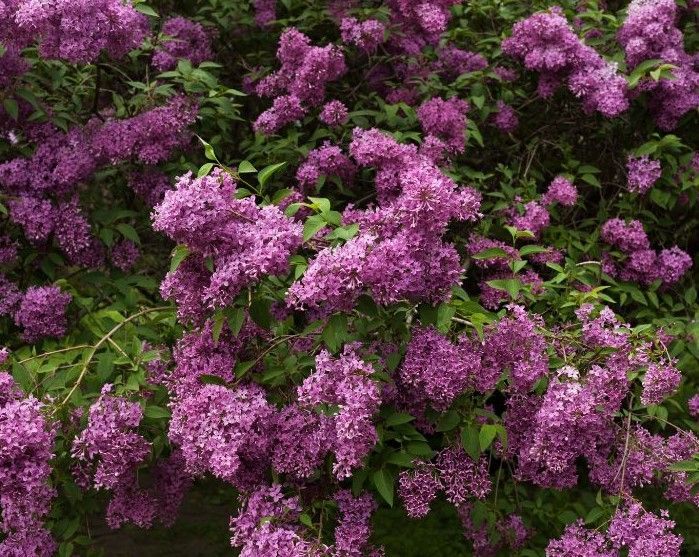Throughout this series, we will explore the various flora that call our favorite hiking areas home. From the shores of the east coast to the old growth forest of the west, we'll dive into the rich tapestry of trees, uncovering their unique characteristics, ecological significance, and the stories they hold within their rings. Join us on this journey to the Wallowa Mountains as we learn about the various plant species along scenic trails and inspire a deeper connection to nature.
The majestic Eagle Cap Wilderness nestled in the Wallowa Mountains of northeastern Oregon is often referred to as the "Alps of Oregon" for obvious reasons. Within its towering snowcapped peaks, the wilderness expanse boasts over sixty picturesque high-mountain lakes, including Mirror Lake and Eagle Cap Lake, that are perfect for camping and photography.
During the warmer months, the meadows and slopes burst into a rainbow of color with blooming wildflowers, offering a spectacular sight and great photo opportunities. In autumn, the wilderness transforms as the leaves change color, creating stunning displays of reds, oranges, and yellows. This is an ideal time for hiking and camping, with cooler temperatures and fewer crowds. In the winter, the Eagle Cap Wilderness becomes a playground for snowshoers and cross-country skiers. The snow-covered landscape offers a serene and peaceful environment for winter adventures.
With over 530 miles of trails, ranging from easy day hikes to strenuous multi-day backpacking routes, there is something for every level of hiker. Trails like the Eagle Cap Summit, Lakes Basin Loop, and the Minam River Trail offer some of the most scenic and challenging hikes, rewarding trekkers with unparalleled views and a sense of accomplishment.
The Eagle Cap Wilderness offers a true escape from the hustle and bustle of everyday life. Its remote location ensures fewer crowds, allowing hikers to experience solitude and the calming sounds of nature. Numerous backcountry campsites provide the perfect settings for overnight stays, where one can enjoy starry skies and the tranquility of the wilderness. Keep in mind that some areas will require a valid recreation pass.
The area is rich in history, with evidence of Native American presence, old mining sites, and remnants of early settlers' cabins adding an intriguing historical dimension to hikes. The diverse geology, from glacial valleys and granite cliffs to volcanic formations, offers a fascinating natural history lesson as well.
The diverse landscapes support a wide range of flora and fauna, providing the necessary biodiversity to support a healthy ecosystem. Hikers may encounter a variety of wildlife, including deer, elk, black bears, mountain goats, and numerous bird species. This area is also a haven for bird watchers, with species like the peregrine falcon, golden eagle, and various songbirds making appearances. Above all, this region teems with a diverse array of plant species that serve as the cornerstone of the surrounding ecosystem. Providing shelter for a variety of creatures, offering food for hungry scavengers, and adding distinct texture to the overall landscape, plants deserve more than a passing glance.








